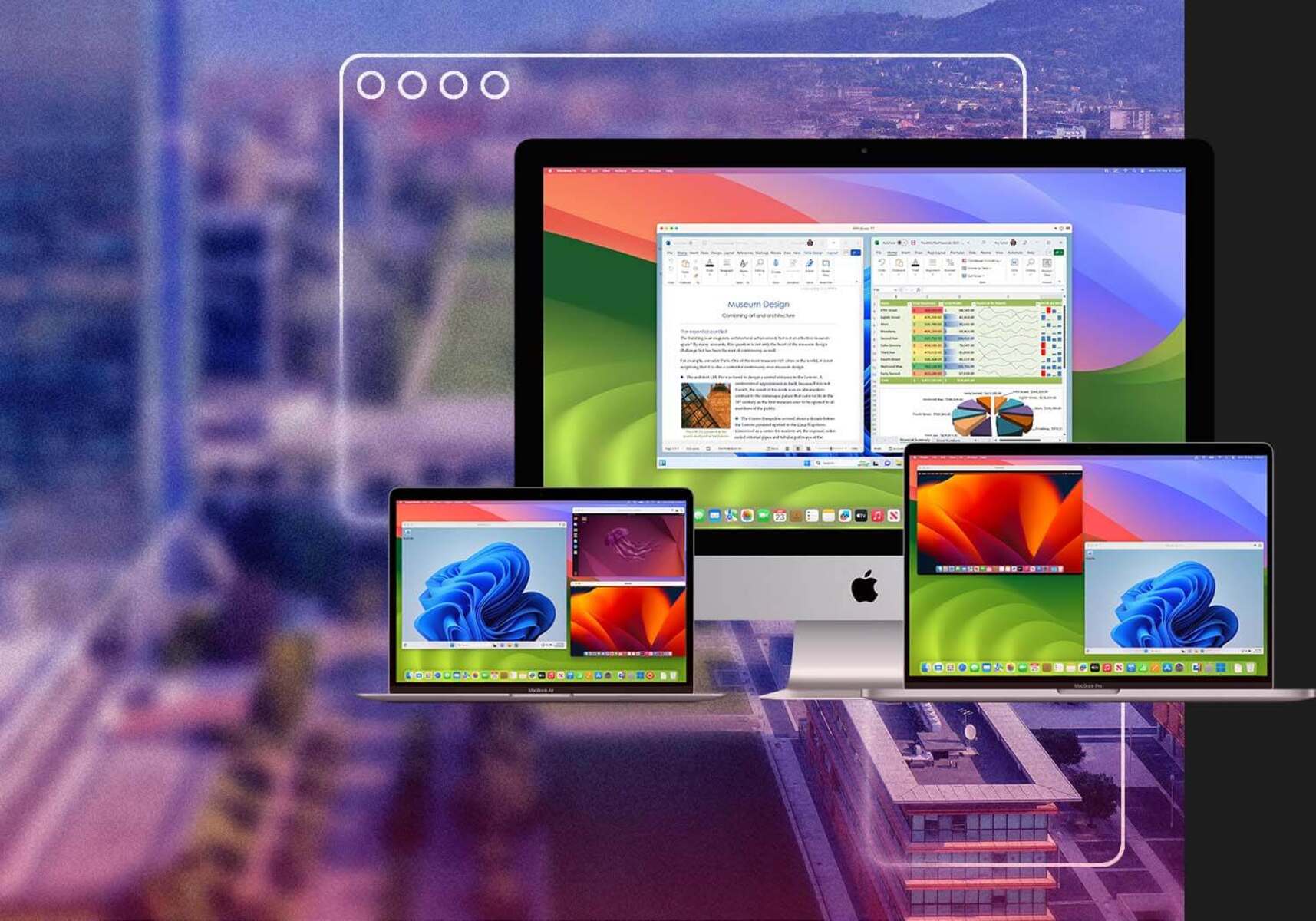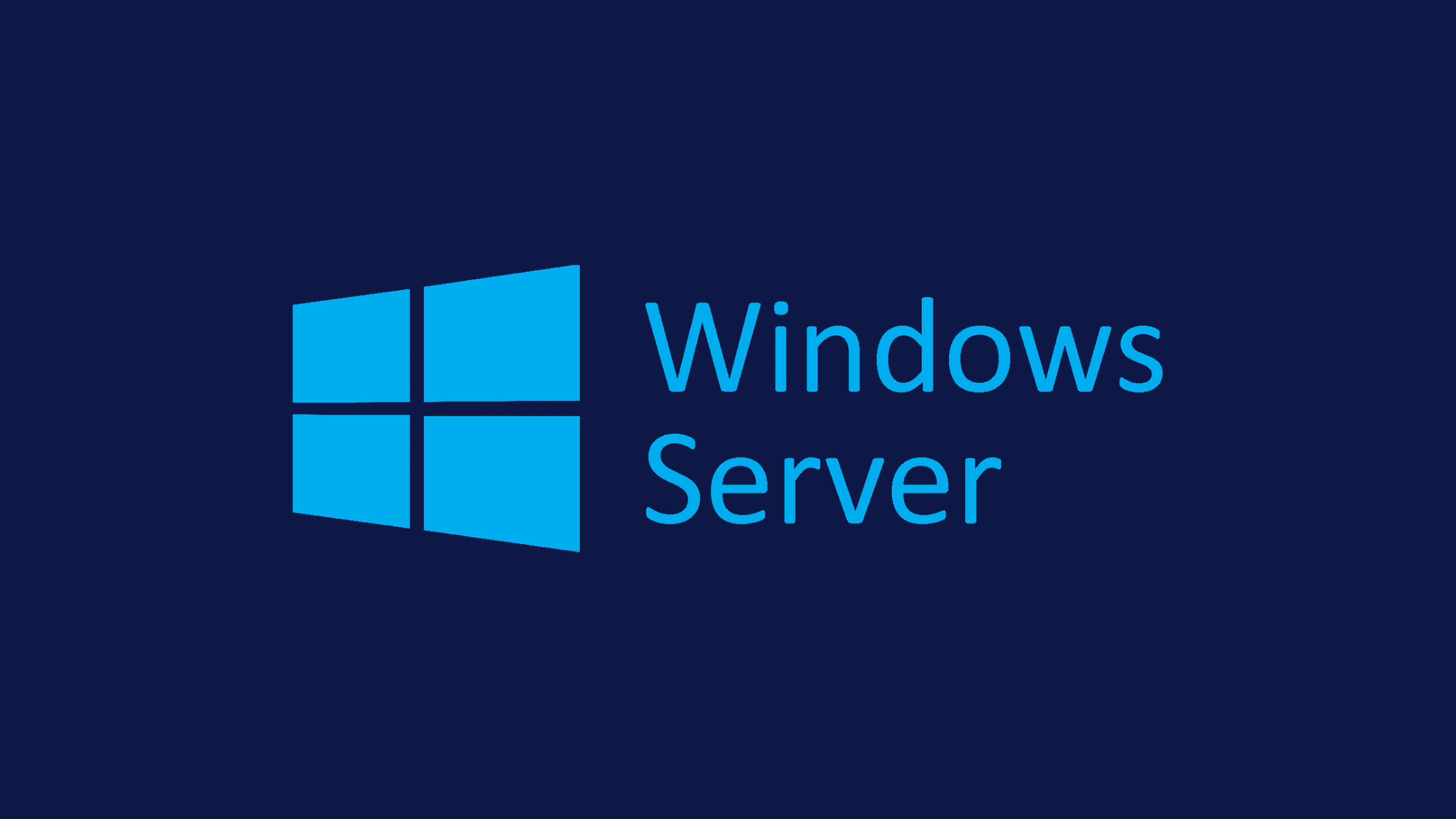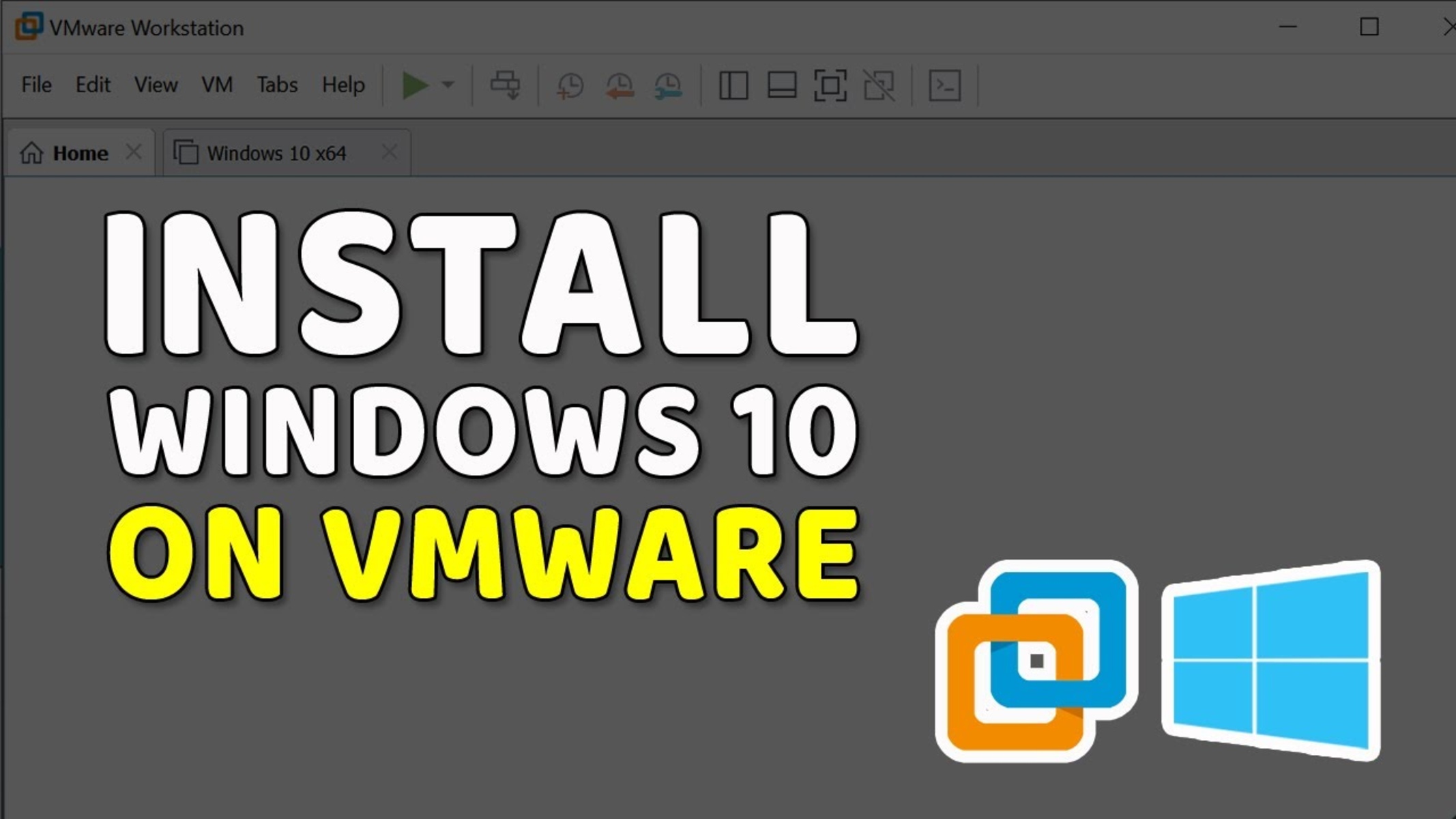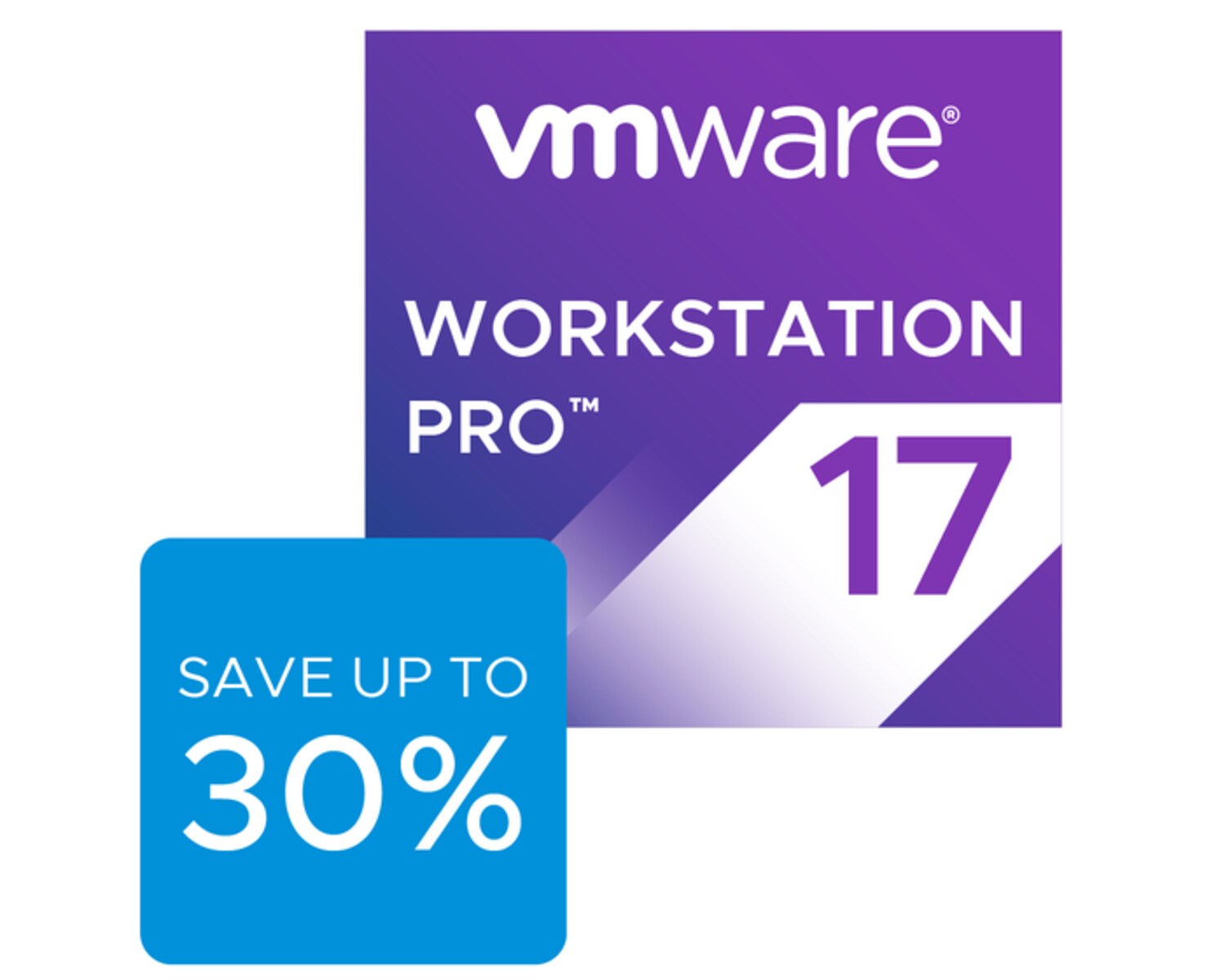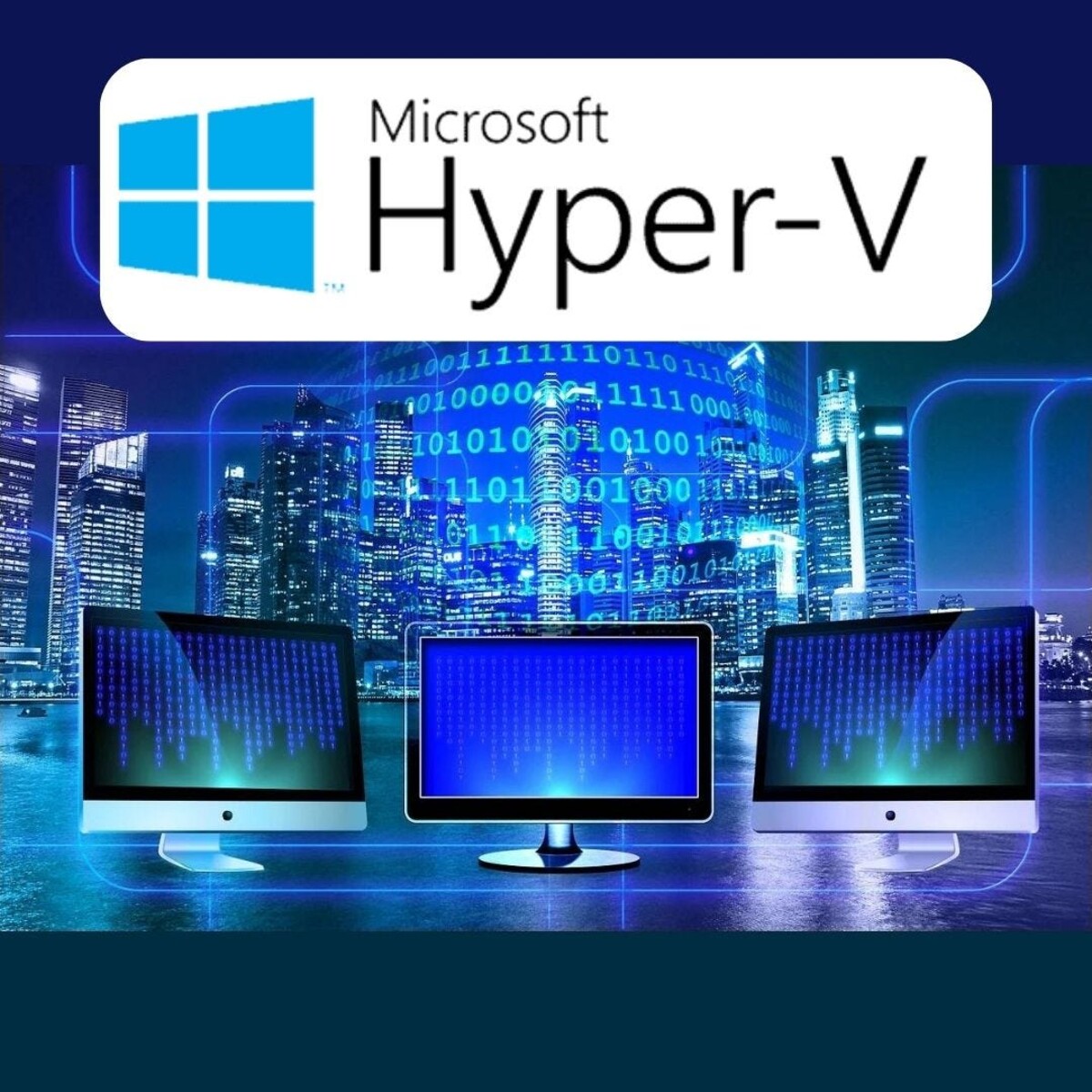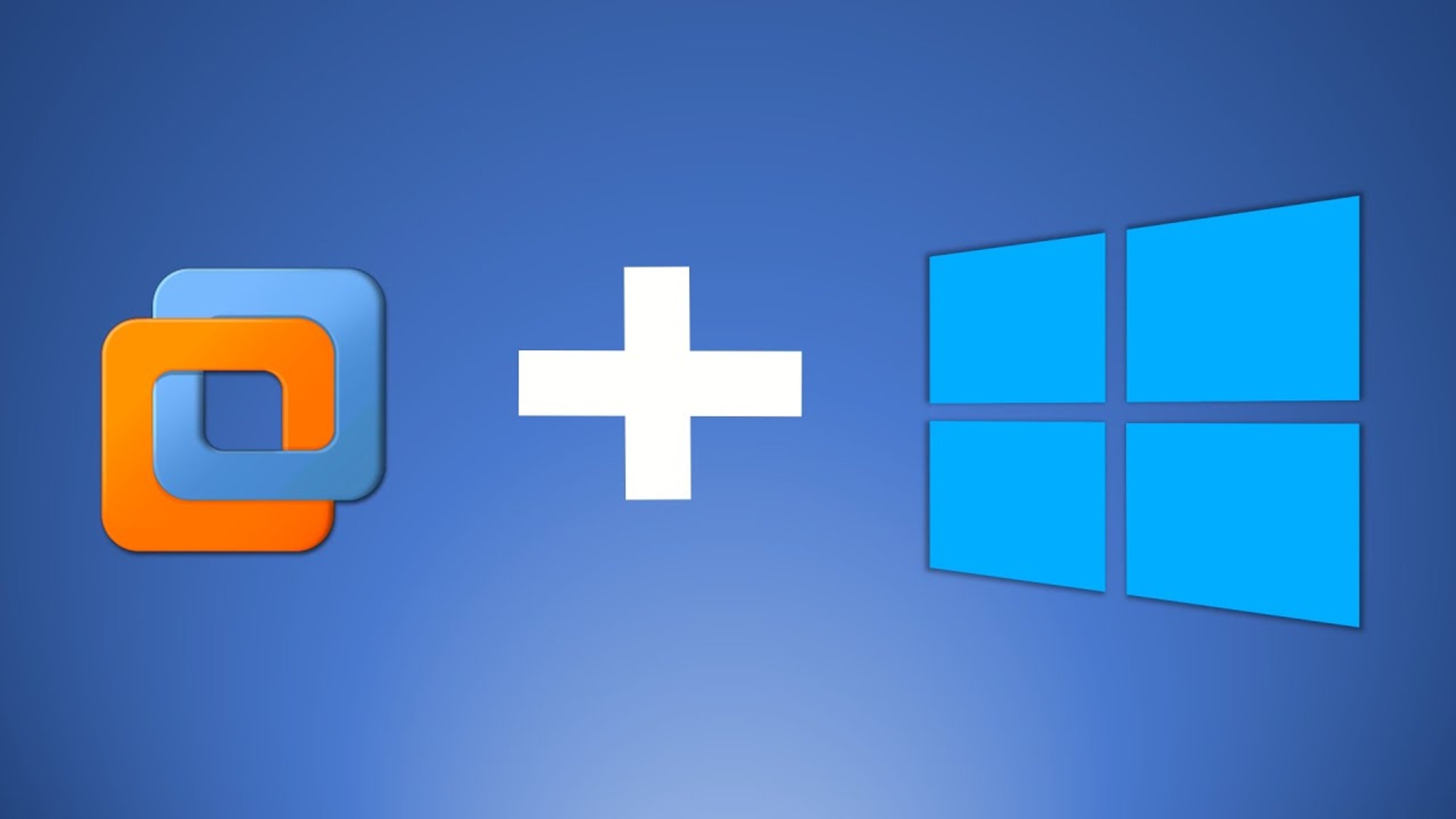How to Choose Software for Your Workstation
When it comes to setting up your workstation, choosing the right software is essential for maximizing productivity and achieving optimal performance. With a plethora of options available, selecting the best software can be a daunting task. However, by considering a few key factors, you can simplify the decision-making process and find the software that meets your specific needs.
1. Identify your requirements: Begin by identifying the tasks and activities you will be performing with your workstation. This will help you determine the type of software you need. Whether it’s office productivity, design and creative work, development and programming, or video and audio editing, understanding your requirements is crucial.
2. Research and compare: Once you identify your requirements, conduct thorough research to find software options that align with those needs. Look for reputable brands or open-source alternatives, and compare their features, compatibility, user-friendliness, and reviews. This will enable you to make an informed decision.
3. Consider compatibility: Ensure that the software you choose is compatible with your operating system. Some software is designed exclusively for Windows, while others are compatible with macOS or Linux. Checking compatibility will save you from the hassle of dealing with software that cannot be installed or run on your workstation.
4. Evaluate ease of use: Choose software that has a user-friendly interface and intuitive navigation. This will save you time and effort in learning how to use the software effectively. Look for features such as drag-and-drop functionality, customizable layouts, and helpful tutorials to make your work easier.
5. Consider cost: Budget is an important consideration when selecting software. Some software options are available as freeware, while others require a one-time purchase or subscription. Evaluate your budget and choose software that offers value for money without compromising on quality.
6. Seek recommendations: Reach out to colleagues, friends, or online communities to get recommendations for software that has proven to be reliable and efficient in your field of work. Hearing from others’ experiences can provide valuable insights and help you make a more informed decision.
7. Trial and test: Before committing to a software purchase, consider using trial versions or free demos to evaluate their performance and suitability for your specific workflow. This will give you hands-on experience with the software and ensure that it meets your expectations.
By following these steps, you can choose software that enhances your productivity, complements your workflow, and facilitates smooth operations on your workstation. Remember, the right software is an investment that can make a significant difference in your work efficiency and overall satisfaction.
Operating System
The operating system is the foundation of any workstation, serving as the interface between the hardware and software. Selecting the right operating system is crucial for ensuring compatibility, security, and overall performance. Here are a few factors to consider when choosing an operating system for your workstation.
1. Compatibility: Ensure that the operating system you choose is compatible with the software and hardware you intend to use. Different operating systems have varying levels of compatibility with specific programs and devices. Consider your workflow and the software you rely on to ensure a seamless experience.
2. User Interface: Evaluate the user interface of different operating systems. Look for a visually appealing, intuitive interface that allows easy navigation and access to essential features. Consider your personal preferences and familiarity with certain operating systems to ensure a comfortable user experience.
3. Security: Security is a crucial aspect of any operating system. Look for an operating system that has robust built-in security features such as firewalls, encryption, and malware protection. Regular updates and patches should also be available to protect your workstation against emerging threats.
4. Performance: Consider the performance capabilities of the operating system, including its resource management, speed, and stability. An operating system that efficiently utilizes system resources and minimizes lag and crashes will contribute to a smooth and productive workflow.
5. Support and Updates: Look for an operating system that provides regular updates, bug fixes, and technical support. Regular updates ensure that your workstation remains secure and compatible with the latest software releases. Adequate technical support is also crucial in case you encounter any issues or need assistance.
6. User Community: Consider the size and activity of the user community surrounding an operating system. A large user community means more resources, tutorials, forums, and troubleshooting options available for you. Being a part of an active user community can help you resolve issues and stay updated with the latest trends and developments.
7. Cost: Evaluate the cost implications of different operating systems. Some operating systems, such as Windows and macOS, come with a cost, while others, like various Linux distributions, are open-source and freely available. Consider your budget and the value you will receive from the operating system.
Choosing the right operating system for your workstation is crucial to ensure a stable and efficient computing environment. Consider the compatibility, user interface, security, performance, support, user community, and cost to make an informed decision that suits your specific needs and preferences.
Office Productivity Software
Office productivity software is essential for creating, editing, and managing documents, spreadsheets, presentations, and other office tasks. It plays a crucial role in streamlining workflows, enhancing collaboration, and improving overall productivity. Here are some important factors to consider when choosing office productivity software for your workstation.
1. Feature Set: Evaluate the features and functionalities offered by different office productivity software options. Look for essential tools such as word processing, spreadsheet creation, presentation design, and email management. Consider additional features like cloud storage, collaboration tools, and integration with other software.
2. Compatibility: Ensure that the office productivity software you choose is compatible with common file formats such as .docx, .xlsx, and .pptx. This will allow you to seamlessly work with files created in other software applications. Compatibility with your operating system is also essential.
3. User Interface: Consider the user interface of the software. Look for a clean and intuitive interface that is easy to navigate. Customization options, such as the ability to personalize toolbars and shortcuts, can also enhance your productivity by allowing you to work more efficiently.
4. Collaboration Tools: Collaboration is essential in today’s work environment. Look for office productivity software that offers collaboration features such as real-time co-authoring, comments, and version control. These tools can facilitate seamless teamwork and improve overall productivity.
5. Mobile Accessibility: In an increasingly mobile world, having access to your office productivity software on various devices is essential. Look for software that offers mobile apps or web-based versions that allow you to work on your documents from your smartphone or tablet.
6. Integration: Consider how well the office productivity software integrates with other tools and software you use. Integration with cloud storage services, project management tools, and communication platforms can automate workflows and improve efficiency.
7. Support and Updates: Look for software providers that offer regular updates, bug fixes, and technical support. This ensures that your office productivity software remains up to date, secure, and compatible with the latest file formats and operating system updates.
8. Pricing: Evaluate the pricing options for office productivity software. Some software is offered on a subscription basis, while others require a one-time purchase. Consider your budget and the value you will receive from the software to make an informed decision.
By considering these factors, you can select office productivity software that suits your needs and enhances your productivity. Remember to prioritize features, compatibility, user interface, collaboration tools, mobile accessibility, integration capabilities, support and updates, and pricing to make the right choice for your workstation.
Design and Creative Software
Design and creative software are essential tools for graphic designers, artists, and creative professionals. They provide the necessary features and functionalities to create visually stunning designs, illustrations, animations, and more. When choosing design and creative software for your workstation, consider the following factors:
1. Specialization: Different design and creative software cater to specific creative disciplines. Identify your specific needs and choose software that specializes in your area of interest, whether it’s graphic design, web design, photo editing, illustration, or 3D modeling.
2. Feature Set: Evaluate the features and tools offered by design software. Look for essential features like vector editing, layer support, image manipulation, drawing tools, typography options, and color management. Advanced features such as 3D rendering, animation capabilities, and integration with other design tools may also be important depending on your requirements.
3. User Interface: Consider the user interface of the design software. Look for an intuitive and user-friendly interface that is easy to navigate. Customizable workspaces and panels can enhance your workflow and improve productivity.
4. Compatibility: Ensure that the design software is compatible with common file formats used in your industry. This will allow you to easily import and export files without compatibility issues. Also, check compatibility with your operating system and hardware specifications to ensure smooth performance.
5. Learning Curve: Evaluate the learning curve of the design software. Consider your proficiency level and the time you can allocate to learning new software. Look for tutorials, documentation, and user communities that can help you get up to speed quickly.
6. Performance: Performance is crucial when working with design software. Consider factors such as speed, responsiveness, and stability. Software that efficiently utilizes system resources and offers real-time editing capabilities can significantly enhance your productivity.
7. Integration: Check the integration capabilities of the design software. Integration with other design tools, stock image libraries, and design asset management platforms can streamline your workflow and save time.
8. Support and Updates: Look for design software providers that offer reliable technical support, regular updates, and bug fixes. Prompt support and regular updates ensure that you can address any issues and stay up to date with the latest features and improvements.
9. Pricing: Evaluate the pricing options for design software. Some software is available on a subscription basis, while others offer one-time purchases. Consider your budget and the value you will receive from the software when making your decision.
By considering these factors, you can select design and creative software that aligns with your specific needs, enhances your creative capabilities, and enables you to bring your artistic visions to life on your workstation.
Development and Programming Tools
Development and programming tools are essential for software developers and programmers, enabling them to write, test, and debug code efficiently. Choosing the right development and programming tools for your workstation can significantly impact your productivity and the quality of your work. Consider the following factors when selecting development and programming tools:
1. Programming Language Support: Determine the programming languages you primarily work with and choose tools that provide comprehensive support for those languages. Look for tools that offer syntax highlighting, code completion, debugging, and version control specific to the languages you use.
2. Integrated Development Environment (IDE): An IDE combines several development and programming tools into a single software package, providing a unified environment for coding. Evaluate the features of different IDEs, such as code editors, debugging facilities, build tools, and code collaboration capabilities, and choose one that suits your needs.
3. Version Control: Version control systems allow developers to manage changes to their codebase effectively. Look for tools that offer robust version control capabilities, such as Git, as well as integration with popular code hosting platforms like GitHub or Bitbucket.
4. Debugging and Testing: Quality assurance is crucial in software development. Look for tools that facilitate efficient debugging and testing, including features like breakpoints, step-by-step code execution, unit testing frameworks, and automated testing capabilities.
5. Package Managers: Many programming languages have package managers that simplify the installation, management, and updating of third-party libraries and dependencies. Consider the availability and ease of use of package managers for the programming languages you work with.
6. Performance and Optimization Tools: Performance is essential for software applications. Look for tools that help you analyze and optimize your code for efficiency, such as profilers, memory analysis tools, and code optimization frameworks.
7. Documentation and Community Support: Documentation and community support are valuable resources for developers. Look for tools with comprehensive documentation, tutorials, and an active user community. A vibrant community can provide assistance, share best practices, and contribute to your professional growth.
8. Scalability and Collaboration: If you work on large-scale projects or collaborate with a development team, consider tools that facilitate scalability and collaboration. Features like code collaboration, code review, project management, and workflow automation can streamline teamwork and ensure efficient project delivery.
9. Pricing and Licensing: Evaluate the pricing models and licensing options of the development and programming tools you are considering. Some tools offer free and open-source versions, while others require paid licenses. Consider the value you will receive from the tools and factor in your budget.
By considering these factors, you can select development and programming tools that suit your specific programming needs, enhance your efficiency, and support your professional growth on your workstation.
Video and Audio Editing Software
Video and audio editing software is essential for professionals and enthusiasts who work with multimedia content, allowing them to create, edit, and enhance videos and audio tracks. Choosing the right software for video and audio editing on your workstation can make a significant difference in the quality and efficiency of your work. Consider the following factors when selecting video and audio editing software:
1. Feature Set: Evaluate the features and tools offered by video and audio editing software. Look for essential editing functionalities such as trimming, cutting, merging, and adding effects or transitions. Advanced features like color correction, audio mixing, visual effects, and support for multiple file formats can enhance your editing capabilities.
2. User Interface: Consider the user interface of the software. Look for an intuitive and organized interface that allows you to easily access editing tools and perform tasks efficiently. Customizable layouts and keyboard shortcuts can improve your productivity and make your workflow smoother.
3. Compatibility: Ensure that the video and audio editing software you choose is compatible with the file formats and codecs you commonly use. It should also be compatible with your operating system and hardware specifications to ensure smooth performance and seamless integration with your workstation.
4. Performance: Performance is crucial when working with video and audio editing software, especially for large files or complex projects. Look for software that can handle the demands of your editing projects without significant lag or crashes. The software should efficiently utilize system resources to provide smooth playback and rendering.
5. Audio Editing Tools: Consider the audio editing capabilities offered by video and audio editing software. Look for features like noise reduction, audio enhancement, equalization, and audio track mixing. Advanced options for manipulating audio, such as time stretching, pitch correction, and audio effects, can be valuable for professional audio editing.
6. Video Effects and Transitions: Evaluate the video effects and transitions available in the software. Look for a wide range of options to add visual flair and enhance the storytelling in your videos. Features like color grading, stabilization, titling, and green screen effects can take your videos to the next level.
7. Integration: Check if the video and audio editing software integrates with other tools and software you use, such as plugins, stock media libraries, or effects suites. Integration can streamline your workflow and provide access to additional resources and features.
8. Support and Updates: Look for software providers that offer reliable technical support, regular updates, and bug fixes. Timely support and updates ensure that your video and audio editing software remains stable, secure, and compatible with the latest industry standards and technologies.
9. Pricing: Evaluate the pricing options for video and audio editing software. Some software offers subscription models, while others have one-time purchase options. Consider your budget and the value you will receive from the software when making your decision.
By considering these factors, you can select video and audio editing software that suits your specific editing needs, enhances your creative capabilities, and allows you to create professional-quality multimedia content on your workstation.
Project Management Software
Project management software is vital for individuals and teams to plan, organize, and execute projects efficiently. It helps streamline workflows, track progress, manage tasks, and collaborate effectively. When choosing project management software for your workstation, consider the following factors:
1. Task and Project Management: Evaluate the task and project management features offered by the software. Look for features like task creation, assignment, and tracking, as well as the ability to create project milestones, set deadlines, and manage dependencies.
2. Collaboration and Communication: Collaboration is a critical aspect of project management. Look for software that provides features like team collaboration, file sharing, commenting, and real-time updates. Integration with communication tools like email, chat, or video conferencing platforms can further enhance collaboration.
3. Time and Resource Management: Efficiently managing time and resources is important for project success. Look for software that allows you to track project timelines, allocate resources, manage calendars, and generate reports. Time tracking and resource allocation features can help monitor progress and plan workload effectively.
4. Reporting and Analytics: Evaluate the reporting and analytics capabilities of the project management software. Look for features that provide insights into project progress, team performance, and resource utilization. Reporting tools can help you identify bottlenecks and make data-driven decisions.
5. Integration: Check if the project management software integrates with other tools and software you use, such as task management apps, communication platforms, or document management systems. Integration can eliminate data duplication and improve workflow efficiency.
6. Customization and Flexibility: Consider the level of customization and flexibility offered by the project management software. Look for options to customize workflows, task templates, and project structures to match your specific needs. Flexibility in modifying project settings and access permissions can also improve collaboration.
7. User Interface and Ease of Use: The user interface should be intuitive and easy to navigate. Look for software that offers a clean and organized interface, customizable views, and user-friendly features. An easy-to-use interface reduces the learning curve and ensures smooth adoption by your team.
8. Security and Data Privacy: Project management software deals with sensitive project information. Ensure that the software provider prioritizes security and data privacy. Look for features like encryption, secure access controls, and data backup options. Compliance with industry standards and regulations is also essential.
9. Pricing: Evaluate the pricing options for project management software. Some software offers subscription models, while others have one-time purchase options. Consider your budget and the value you will receive from the software when making your decision.
By considering these factors, you can select project management software that aligns with your specific project requirements, enhances collaboration, and improves overall productivity on your workstation.
Communication and Collaboration Tools
Effective communication and collaboration are essential for successful teamwork and project management. Communication and collaboration tools help teams stay connected, share information, and work together efficiently, regardless of their physical location. When choosing communication and collaboration tools for your workstation, consider the following factors:
1. Instant Messaging: Look for tools that offer real-time messaging capabilities to facilitate quick and direct communication. Features like group chats, private messaging, file sharing, and message history can enhance collaboration among team members.
2. Video Conferencing: Video conferencing tools enable face-to-face communication, even when team members are geographically dispersed. Look for software with reliable video and audio quality, screen sharing options, and collaboration features like whiteboarding and recording capabilities.
3. Team Collaboration Platforms: These platforms provide a central hub for team collaboration, document sharing, and task management. Look for features like shared workspaces, task assignment and tracking, file version control, and integration with other tools to streamline workflows.
4. Document and File Sharing: Evaluate ease of document and file sharing within the communication and collaboration tools. Look for features that allow team members to securely share, edit, and comment on documents in real-time, promoting seamless collaboration and version control.
5. Project Management Integration: Consider whether the communication and collaboration tools integrate with project management software. Integration can enable a seamless flow of information between project management tools and communication platforms, improving coordination and task management.
6. Mobile Accessibility: In today’s mobile-centric work environment, having mobile accessibility is crucial. Look for communication and collaboration tools that offer mobile apps or browser compatibility, allowing you to stay connected and collaborate on the go.
7. Security and Privacy: Data security and privacy are paramount when choosing communication and collaboration tools. Look for tools that employ robust security measures such as data encryption, multi-factor authentication, and compliance with industry standards to protect your sensitive information.
8. User Interface and Ease of Use: Consider the user interface and ease of use of the tools. Look for intuitive interfaces, user-friendly features, and customizable settings. An easy-to-use platform ensures quick adoption by team members and reduces training time.
9. Integration with Other Tools: Check if the communication and collaboration tools integrate with other software that you use, such as project management tools, productivity apps, or customer relationship management (CRM) systems. Integration can streamline workflows and improve productivity.
10. Pricing: Evaluate the pricing models for communication and collaboration tools. Some tools offer free basic versions or freemium models, while others require a subscription. Consider your budget and the specific features and value provided by each tool.
By considering these factors, you can choose communication and collaboration tools that facilitate effective communication, seamless collaboration, and efficient teamwork on your workstation.
Security Software
Security software is essential for protecting your workstation and valuable digital assets from potential threats, including malware, viruses, unauthorized access, and data breaches. Choosing the right security software ensures that your workstation remains secure and your sensitive information stays protected. When selecting security software for your workstation, consider the following factors:
1. Antivirus and Anti-malware: Look for security software that provides robust antivirus and anti-malware protection. Consider the detection rates, real-time scanning capabilities, and the ability to quarantine or remove malicious files. Regular updates and database refreshes are important to ensure protection against the latest threats.
2. Firewalls: Firewalls monitor incoming and outgoing network traffic, protecting your workstation from unauthorized access and potential cyberattacks. Look for security software with an integrated firewall or consider using a dedicated firewall solution to enhance network security.
3. Privacy Protection: Ensure that the security software offers privacy protection features. Look for capabilities such as secure web browsing, anti-phishing, and anti-tracking functionalities. Protecting your online privacy is crucial in preventing data leaks and identity theft.
4. Real-time Threat Monitoring: Consider security software that continuously monitors your workstation for potential threats in real-time. Look for features such as behavior-based detection, heuristic analysis, and machine learning algorithms that can identify and block emerging threats.
5. Data Encryption: Encryption is an effective way to safeguard your sensitive data. Look for security software that offers encryption capabilities to protect your files, folders, and communication channels. Encryption ensures that even if your data is compromised, it remains unreadable to unauthorized individuals.
6. Regular Updates: Look for security software providers that regularly release updates, patches, and bug fixes. Timely updates ensure that your security software remains up to date with the latest threats and vulnerabilities, providing continuous protection.
7. System Performance: Consider the impact of security software on your workstation’s performance. Look for software that has a minimal impact on system resources, so it does not slow down your computer or interfere with your daily tasks and workflows.
8. User-Friendly Interface: Security software should have a user-friendly interface that is easy to navigate and configure. Consider software that offers clear and concise settings, easy-to-understand alerts, and intuitive workflows. This allows you to manage your security settings effectively without unnecessary complexity.
9. Reputation and Trustworthiness: Research the reputation and trustworthiness of the security software provider. Look for established companies with a proven track record in the industry. Check reviews, ratings, and certifications to ensure the effectiveness and reliability of the software.
10. Pricing: Evaluate the pricing models for security software. Some offer free versions, while others require a subscription or one-time purchase. Consider the level of protection provided by the software and choose an option that fits your budget and security needs.
By considering these factors, you can select security software that provides comprehensive protection, prevents security breaches, and ensures the safety of your workstation and sensitive data.
Virtualization Software
Virtualization software allows users to create and run multiple virtual machines (VMs) on a single physical workstation, enabling the efficient utilization of hardware resources and the ability to run multiple operating systems simultaneously. Choosing the right virtualization software is essential for maximizing productivity, flexibility, and resource management. When selecting virtualization software for your workstation, consider the following factors:
1. Compatibility: Ensure that the virtualization software you choose is compatible with your operating system and hardware specifications. Compatibility is crucial to ensure the smooth performance of the virtual machines and the software’s integration with your workstation.
2. Hypervisor Type: Consider the type of hypervisor offered by the virtualization software. Type 1 hypervisors run directly on the hardware, while Type 2 hypervisors run as an application within the operating system. Depending on your needs, choose the appropriate type of hypervisor for the level of performance and isolation required.
3. Operating System Support: Check whether the virtualization software supports the operating systems you intend to run on the virtual machines. Ensure that the software provides official support and compatibility for the specific operating systems and their versions.
4. Resource Management: Evaluate the resource management capabilities of the virtualization software. Look for features such as dynamic resource allocation, memory ballooning, CPU and network bandwidth allocation, and the ability to adjust resource allocation based on workload demands.
5. Snapshot and Cloning: Consider the snapshot and cloning features offered by the virtualization software. Snapshots allow you to capture a state of the virtual machine at a specific point in time, enabling quick rollbacks or testing. Cloning allows you to create multiple identical copies of a virtual machine, saving time in setting up new instances.
6. Networking Options: Check the networking options provided by the virtualization software. Look for features such as bridged networking, NAT (Network Address Translation), and virtual LAN support. These options enable virtual machines to communicate with each other and with the external network.
7. Integration with Management Tools: Consider whether the virtualization software integrates with management tools and platforms you currently use. Integration with tools like VMware vCenter or Microsoft System Center simplifies the management and monitoring of virtual machines in enterprise environments.
8. Scalability and Performance: Evaluate the scalability and performance capabilities of the virtualization software. Look for features and optimizations that allow you to scale your virtual infrastructure as your needs grow. The software should provide efficient utilization of resources and minimal performance overhead.
9. Support and Updates: Look for virtualization software providers that offer reliable technical support, regular updates, and bug fixes. Timely support and updates ensure that your virtualization environment remains stable, secure, and compatible with the latest operating systems and hardware.
10. Pricing: Evaluate the pricing models for virtualization software. Some software offers free versions, while others require a subscription or one-time purchase. Consider the feature set, performance, and support offered by the software when making your decision.
By considering these factors, you can select virtualization software that meets your virtualization needs, enhances resource utilization, and provides a flexible and scalable virtual environment on your workstation.
Gaming and Entertainment Software
Gaming and entertainment software plays a significant role in providing enjoyment, relaxation, and immersive experiences on workstations. Whether you’re an avid gamer or simply enjoy multimedia entertainment, choosing the right gaming and entertainment software can enhance your gaming and entertainment experience. When selecting gaming and entertainment software for your workstation, consider the following factors:
1. Game Selection: Evaluate the range and variety of games available on the software platform. Consider your gaming preferences, such as action, adventure, strategy, or multiplayer games. Look for a software platform that offers a diverse selection of games to cater to your interests.
2. Compatibility: Ensure that the gaming software you choose is compatible with your operating system and hardware specifications. Compatibility is crucial for ensuring smooth gameplay and optimal performance.
3. Graphics and Audio Quality: Consider the graphics and audio capabilities of the gaming software. Look for software that supports high-resolution graphics, realistic visual effects, and immersive sound quality. Superior graphics and audio can greatly enhance the overall gaming experience.
4. Multiplayer and Online Features: If you enjoy multiplayer gaming or online interactions, look for software that offers robust multiplayer features. This includes online matchmaking, social features, and the ability to communicate with other players through chat or voice channels.
5. Controls and Customization: Evaluate the controls and customization options provided by the gaming software. Look for customizable controls, key mapping, and support for different input devices. Customization allows you to personalize your gaming experience and optimize controls based on your preferences.
6. Performance Optimization: Optimal performance is crucial for smooth gaming. Look for software that offers performance optimization features, such as graphics settings, frame rate control, and compatibility settings. These features help ensure that the software runs smoothly on your workstation.
7. Content Streaming and Media Support: If you enjoy media streaming or using your workstation for entertainment purposes, consider software that supports content streaming platforms, such as Netflix or Hulu. Look for features like media playback, video codecs, and support for various media file formats.
8. Modding and Community Support: If you appreciate modding or user-generated content, consider gaming software that supports modding communities and provides tools for creating or installing modifications. Active community support can enhance your gaming experience with additional content and enhancements created by fellow gamers.
9. User Reviews and Ratings: Research user reviews and ratings to gauge the quality and reputation of the gaming and entertainment software. Read feedback from other users to gain insights into the software’s performance, reliability, and overall gaming experience.
10. Pricing: Evaluate the pricing models for gaming and entertainment software. Some software platforms offer free games with in-app purchases, while others require a subscription or one-time purchase. Consider the value and quality of the games available when making your decision.
By considering these factors, you can choose gaming and entertainment software that caters to your preferences, offers an engaging gaming experience, and provides high-quality entertainment on your workstation.







